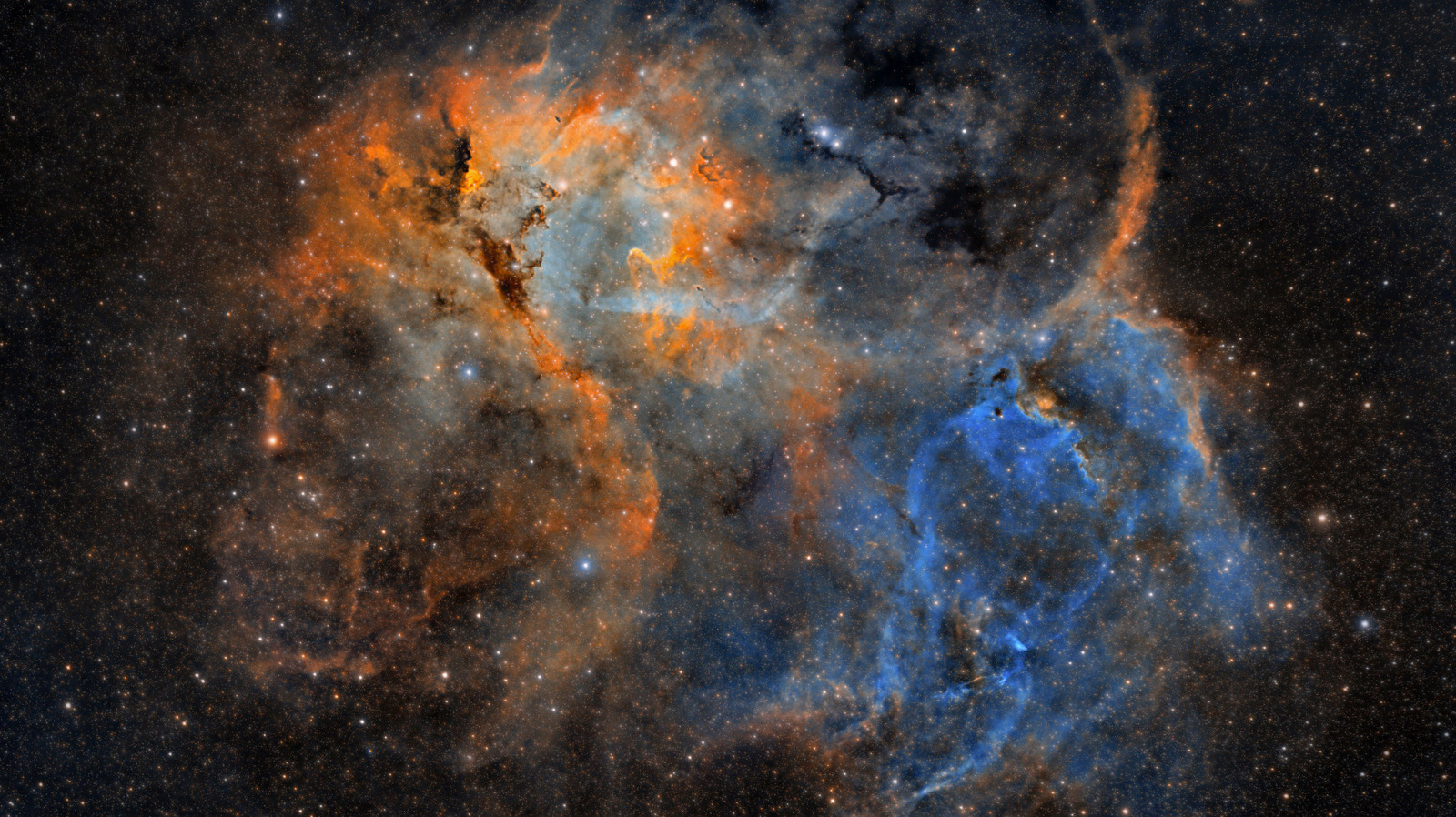Surprising Discovery of Cosmic Object Emitting Regular Signals

In a groundbreaking discovery that has captured the attention of astronomers and space enthusiasts alike, scientists have identified a unique cosmic object that emits signals to Earth in a highly regular pattern of 44-minute intervals. This strange celestial body, which has been designated as ASKAP J1832-0911, has left researchers both fascinated and perplexed due to its rhythmic pulses of radio waves and X-rays, which last for approximately two minutes during each cycle.
Located an impressive 16,000 light-years from Earth, ASKAP J1832-0911 was serendipitously detected by the Australian Square Kilometre Array Pathfinder (ASKAP), a powerful radio telescope system. The authenticity of this discovery was subsequently validated by NASA’s Chandra X-ray Observatory, which added significant credibility to the findings. The team behind this remarkable discovery published their research in the esteemed journal Nature on May 28, 2025.
Dr. Andy Wang, the lead author of the study and an astronomer at Curtin University in Perth, Australia, expressed his astonishment at the nature of this celestial anomaly. “This object is unlike anything we have seen before,” he stated, highlighting that its characteristics challenge existing paradigms in astronomy and defy conventional classifications.
As researchers continue to investigate the identity of ASKAP J1832-0911, several intriguing possibilities have emerged. One theory posits that it could be a magnetar—a type of neutron star known for its extraordinarily strong magnetic fields—while another suggests that it might represent a binary star system featuring a white dwarf with an exceptionally powerful magnetic field. However, scientists admit that neither theory sufficiently explains all the observed features of this enigmatic object.
The implications of this discovery stretch beyond identifying a single cosmic object; it may pave the way for uncovering new principles of physics or necessitating revisions to our understanding of stellar evolution. The simultaneous detection of both radio and X-ray emissions from ASKAP J1832-0911 presents a particularly complex challenge, as any explanatory model must now accommodate both types of radiation.
ASKAP J1832-0911 falls under the rare astronomical category known as long-period transients (LPTs), which are characterized by the emission of signals at intervals that can range from minutes to hours. Only ten LPTs have been cataloged globally, making this discovery a significant addition to our cosmic repertoire. Furthermore, ASKAP J1832-0911 is notably the first LPT to emit X-rays, thereby enriching the narrative of this rare class of celestial phenomena.
Dr. Wang likened the detection of X-rays from this object to “finding a needle in a haystack,” applauding the fortuitous timing that allowed both the ASKAP and Chandra observatories to monitor the same patch of sky at the same time. This unique observational strategy yielded invaluable data that might have otherwise eluded detection.
Moreover, this discovery sparks exciting prospects regarding the existence of similar objects that may yet be hiding in the vastness of the cosmos. “Finding one such object hints at the existence of many more,” remarked Nanda Rea, a co-author of the study and an astrophysicist at the Catalan Institute for Space Studies, suggesting that ASKAP J1832-0911 could be the tip of the iceberg in our understanding of the universe.
This finding adds to a growing catalog of space anomalies that have continually pushed the boundaries of our comprehension of the universe. Recent astronomical advancements have unveiled massive black holes exhibiting peculiar behaviors, further enhancing our cosmic perspective.
To unravel the mysteries of the universe, astronomers are increasingly employing multi-wavelength observations, which allow them to study celestial objects across various parts of the electromagnetic spectrum. This comprehensive approach yields richer insights than studies relying on a single wavelength. Instruments like the Hubble Space Telescope have revolutionized our ability to observe previously undetected cosmic phenomena.
Interestingly, discoveries within our own solar system continue to intrigue scientists. Findings such as the detection of water on Mars from meteorite samples, alongside ongoing searches for the elusive ninth planet, underscore the fact that there remains much to uncover even in our immediate cosmic neighborhood.
Space objects displaying unusual behaviors, like ASKAP J1832-0911, are of particularly keen interest to scientists as they may signify rare variations of known astronomical phenomena or entirely new categories that challenge and expand theoretical frameworks. While the majority of cosmic objects exhibit predictable behaviors, anomalies like this one serve as vital catalysts for scientific progress by compelling researchers to reassess established models.
As astronomers persist in studying ASKAP J1832-0911, its rhythmic signals serve as a captivating reminder of the many mysteries the universe still holds in store, waiting to be deciphered.





























